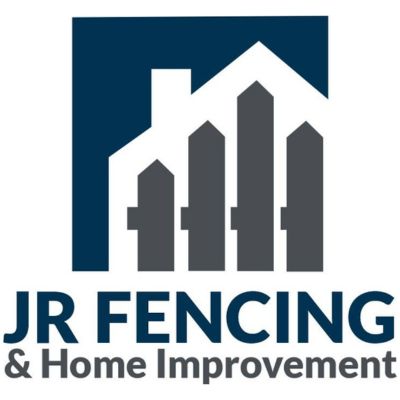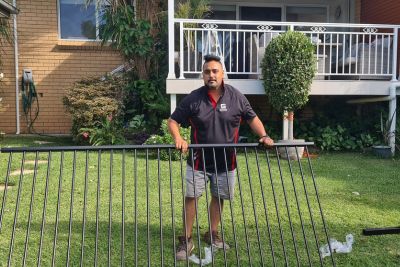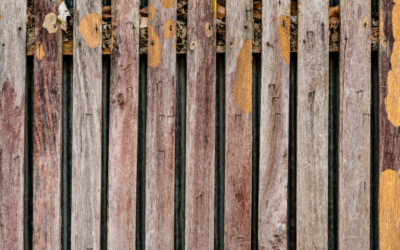When it comes to enhancing the security, privacy, and aesthetics of your property in Penrith, and western Sydney, the choice of fencing material plays a pivotal role. Colorbond and timber fencing are the two most popular options that offer distinct advantages and appeal to different preferences. In this blog post, we will delve into the pros and cons of Colorbond and timber fencing, helping you make an informed decision for your property.
Timber Fences vs Colorbond Fences: Which is More durable?
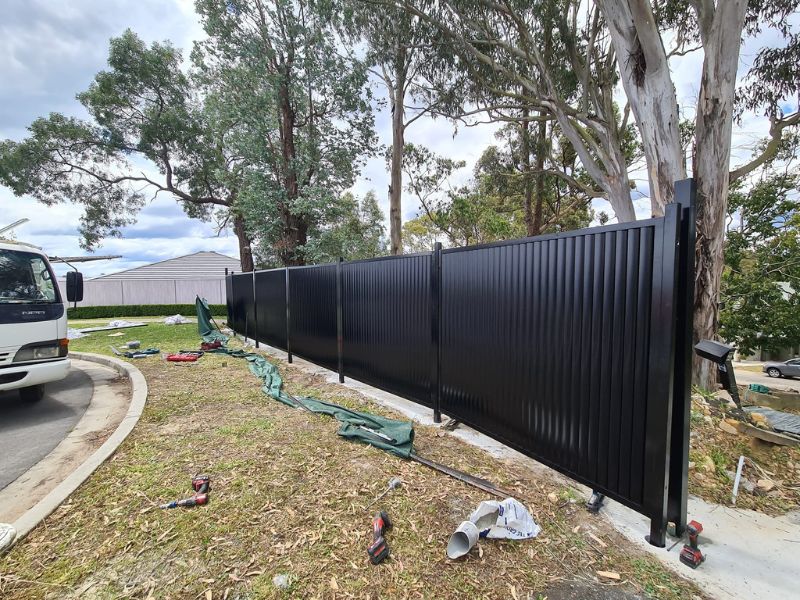
One of the primary considerations when selecting a fencing material is its durability and expected lifespan. Colorbond fencing, made from high-quality steel coated with a durable finish, is renowned for its resilience against the harsh Australian climate. It is resistant to rust, corrosion, and fading, making it a low-maintenance option that can withstand the test of time.
When properly installed by a professional Colorbond fencing installation company and maintained, a Colorbond fence can last for several decades. In typical conditions, you can expect a Colorbond fence to last anywhere from 20 to 30 years or even longer.
Timber fencing on the other hand is not a durable compared to Colorbond. Being an organic material, it is much more susceptible to environmental conditions which can heavily influence its lifespan. In general, when installed by a professional timber fencing contractor a well-maintained treated pine fence can last between 15-25 years. The lifespan of timber fences constructed of hardwood or made with concrete or steel posts can last even longer. However, it’s important to note that to maximise the lifespan of any timber fence regular maintenance is required. Let’s look at what’s involved in the next section.
Winner: Colorbond fencing for its superior durability
Timber Fences vs Colorbond Fences: Which Requires More Maintenance?

Maintenance demands of a fence can influence your time and budget over the years. Timber fences, with their susceptibility to rot and insects, require more upkeep compared to the low-maintenance Colorbond alternative. Regular painting, staining, and sealing are essential to prolong the life of a timber fence. This aspect is particularly crucial in Penrith, where the weather can vary from scorching summers to chilly winters. Colorbond fences on the other hand only require a quick hose down to wash off any mud or debris which may splash onto the fence after a heavy storm.
Winner: Colorbond fencing for its almost zero maintenance requirements.
Timber Fences vs Colorbond Fences: Which Looks Better?
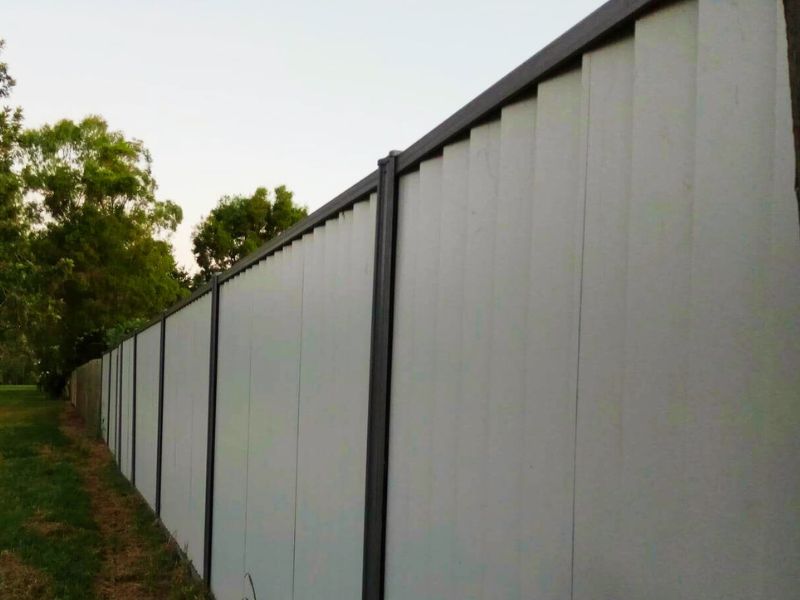
The visual appeal of your fence contributes significantly to the overall look of your property. Colorbond fencing is available in a variety of colours, allowing you to match it with your home’s exterior or landscape. Its sleek and modern design can complement both contemporary and traditional architectural styles. Additionally, Colorbond fences maintain their appearance without fading, peeling, or warping, ensuring a polished look for years to come.
Timber fencing, on the other hand, exudes a warm and natural charm. Its versatility allows for various designs and styles, making it suitable for a range of property types. However, the aesthetic appeal of timber is closely tied to its maintenance. If not properly cared for, timber can lose its colour, and the wood may deteriorate over time.
Winner: It depends on personal preference; Colorbond for a modern and sleek look, timber for a classic and natural aesthetic.
Timber Fences vs Colorbond Fences: Which is Better for Privacy and Security?

The primary function of a fence is to provide privacy and security. Colorbond fencing, with its seamless design and lack of footholds, offers a high level of security against intruders. Its solid panels make it difficult for intruders to climb, ensuring that your property remains secure from intruders and keeps children and pets safely contained within your property. Additionally, Colorbond provides excellent noise reduction, making it an ideal choice for those seeking privacy and quiet from the bustle of a busy main road.
Timber fencing, while still capable of providing privacy, may not offer the same level of security. The gaps between the wooden panels can compromise the privacy aspect. This can be overcome through constructing a lapped paling design where the vertical palings overlap one another to eliminate all gaps. However the cost of the extra materials and labour would make it very similar to Colorbond. From a security perspective the vertical rails on one side of the fence allow intruders or adventurous children an easy way to scale the fence.
Winner: Colorbond fencing for superior security features and enhanced privacy.
Timber Fences vs Colorbond Fences: Which is Better for the Environment?
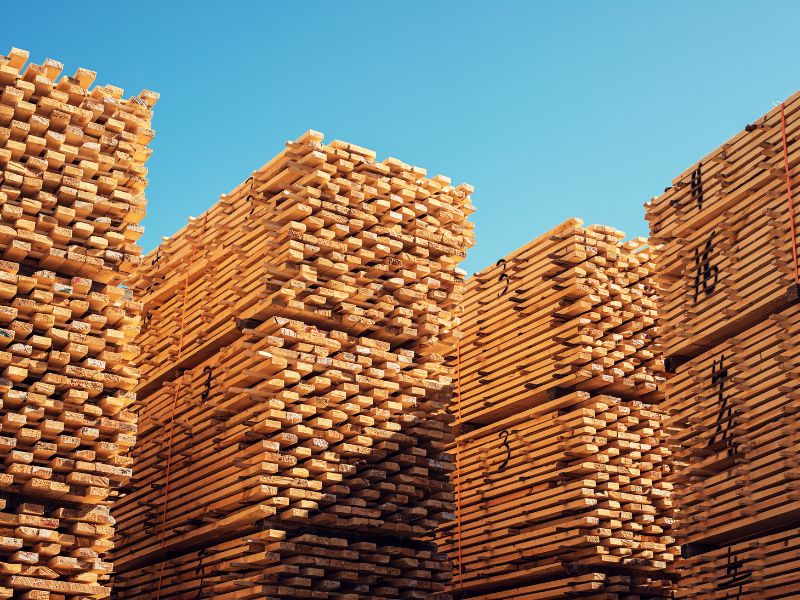
In an era where environmental consciousness is crucial, considering the ecological footprint of your fencing material is essential. Colorbond fencing is made from recyclable steel, and the manufacturing process is designed to minimize waste. Steel is highly durable and can be recycled without compromising its quality, making Colorbond a sustainable choice.
Timber, while a renewable resource, requires the cutting down of trees for production. The environmental impact can be mitigated by choosing timber from sustainable sources, but it’s important to consider the duration of the lifespan of the fence.
Winner: Colorbond fencing for its use of recyclable materials and sustainable manufacturing processes and greater life span.
Timber Fences vs Colorbond Fences: Which is Cheaper?

Budget is a significant factor for many homeowners when deciding on a fencing material. Colorbond fencing, while initially more expensive than timber, proves to be cost-effective in the long run due to its durability and minimal maintenance requirements. The upfront investment pays off over the years, as Colorbond fences generally require fewer repairs and replacements.
Timber fencing, on the other hand, may be more affordable initially, but ongoing maintenance costs can add up. The need for regular staining, sealing, and potential repairs can make timber fencing a more expensive option over time.
Winner: Colorbond fencing for its long-term cost-effectiveness.
Timber Fencing vs Colorbond Fencing: Which is Better?
Choosing between Colorbond and timber fencing for your property in Penrith, NSW, involves weighing the pros and cons of each material against your specific needs and preferences. While Colorbond fencing excels in terms of durability, low maintenance, security, and sustainability, timber fencing offers a classic aesthetic and can be a suitable choice for those who prioritize a natural look and are willing to invest in regular maintenance.
Ultimately, the decision comes down to your priorities and the unique characteristics of your property. Whether you opt for the sleek and modern appeal of Colorbond or the timeless charm of timber, investing in a quality fence will undoubtedly enhance the overall value and aesthetics of your home in Penrith.
Are you located in Penrith or in Western Sydney and looking to install a new timber or Colorbond fence? We’re the local Western Sydney fencing contractors for you. With an experienced team of fencing professionals and an appetite for a challenge we’re the can do fencing company you can rely on for quality installations at an affordable price. Give us a call today to schedule in a free onsite measure and quote today!
